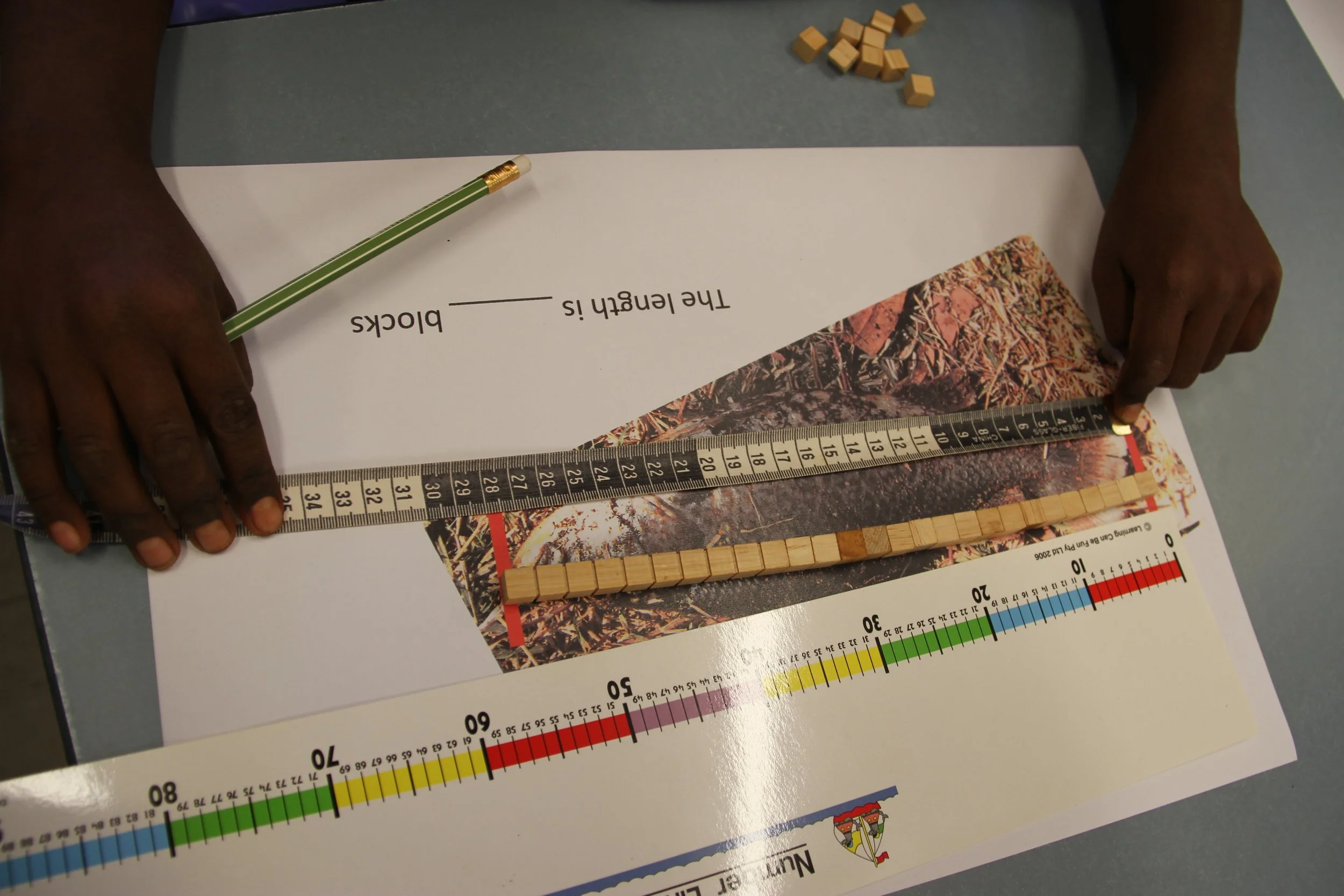MODULE 1
The bush as shelter
Preparation
Field work:
Check with school policy on school excursions, permissions required etc.
Students are requested to wear long pants, covered shoes, hat and sunscreen.
Students will require a notebook, or Clipboard, pencil, and snap-lock plastic bag for collecting litter.
For recording signs of animals, an I-pad is required, or i-phone App (see TOOLBOX).
Collect 4 or 5 glass jars for pitfall traps. These must have a lid. The opening of the jar should be a minimum 100 mm in diameter and the jar should be 100 mm in height.
2 or 3 garden trowels.
Bookshelf:
Bush Mob Counting (Helen Milroy, 2022) Magabala Books
Bush Tucker Counting (Maureen Glover & Gabrielle Fry, 2023) Magabala Books
Tree (Danny Parker and Matt Ottley, 2014) tells the story of a sapling growing in the shelter of older trees, where he is happy and safe. After a violent storm, he finds himself unprotected and alone, but gradually discovers that every end is a new beginning
A Tale of Two Honey Possums (Felicity Bradshaw, illustrated by Patricia Negus, 2008) Available in paper copy or e-book from: www.amazon.com.au/books, or from: felicity.bradshaw@aapt.net.au
A Hollow is a Home (Abbie Mitchell & Astred Hicks, 2019) CSIRO Publishing Leaf Litter (Rachel Tonkin, 2006), www.harpercollins.com.au
The Forest in the Tree (Ailsa Wild, Aviva Reed, Briony Barr, Gregory Crocetti, 2020) CSIRO Publishing.
Classroom:
Wall space - Set aside a wall space in the classroom for a habitat model.
Word wall – The words used in science are new and should be displayed around the classroom for future reference. Research the common name and the Indigenous name and display together.
Encourage students to hear, say, and practice words. EAL/D students will need to oral language repetition to become confident in using new vocabulary.
Chat wall - Reserve a space for students’ comments throughout the program.
Additional resources:
Kaartdijin Noongar – Noongar Knowledge at www.noongarculture.com.au
How to Do Science
Show PPT 1 – Science, and how to do it
Inform students that they are going to be scientists in the bush. Ask students what they know about science, and discuss what they think scientists do? What do students know about the bush? What questions could we ask? And how will we find the answers?
The two things that all scientists do is count (or measure) and record. This is called collecting data.
For recording our data, we must have a notebook and write down our discoveries. (Scientists have to show their results to other scientists before they will be believed.)
Students may have (i) science notebooks, or (ii) a clip-pad, or (iii) make one.
How to Make a Notebook
Help each student to prepare their science notebook before visiting the site.
Visit TOOLBOX for My Bush Notebook
Introduce the trees they will record (from the PPT). Do students recognise them? Can they name them? Do they have information about them?
Make copies, 1 per student, of each tree to be identified and counted. (From Bush Library, TOOLBOX).
Each student paste a photo of each tree, one per page, together with its leaf, flower, and nut (or cone). This will assist them on-site to identify the tree correctly.
Label with the Noongar and English names. (GLOSSARY)
Measuring at Warralong Community School, Moemai Hook
How will we Count?
• Tallies are the preferred method for recording in the field, revise from PPT 1.
• For Aboriginal counting, Read Bush Mob Counting or Bush Tucker Counting. Visit Noongar Numbers at: https://www.perthnrm. com/nrmwp/wp-content/uploads/2020/03/PerthNRM NoongarNumbers-ActivitySheet.pdf
A wall poster is available from Boodjar Language Cultural Aboriginal Corporation at www.noongarboodjar.com.au
Students may work on a classroom poster, using the above resources.
a pittrap
How will we Find Animals?
A few pit-traps will be inserted by the teacher in the field site to capture the animals living in the litter. Can students name them? These animals are not called ‘bugs’, even though they are small, and often tiny. They do not have a backbone (or vertebral column). And are therefore called ‘invertebrates’ (See Activity 13).
How will we Behave in the Bush?
We will have respect for plants and animals by walking quietly, not picking flowers, replacing logs and rocks if disturbed and remove only the items necessary for classroom work, and returning to the bush what we gathered.
See Connected Classrooms Activity 1: Be careful on country display.

